Erik ten Hag: Has He Always Been a Possession Based Manager?
There was a general belief in England when Manchester United signed Erik ten Hag that they would become a Pep Guardiola esque possession-based football team that controlled the ball no matter where they went or the occasion they were playing at. Ten Hag had showcased a possession-based style at Ajax that had drawn plaudits from coaches worldwide and had many suggesting he was one of the best up-and-coming coaches on the planet, prompting Manchester United to make a decision to hire him.
The issue with that is that, while Ten Hag certainly played possession-based football at Ajax, it’s not always been his style of play at the other clubs he’s been at. Many have suggested he’s a manager who changes his style to fit the DNA of whatever club he’s at, and it’s hard to argue with that when you look back through his managerial catalogue.
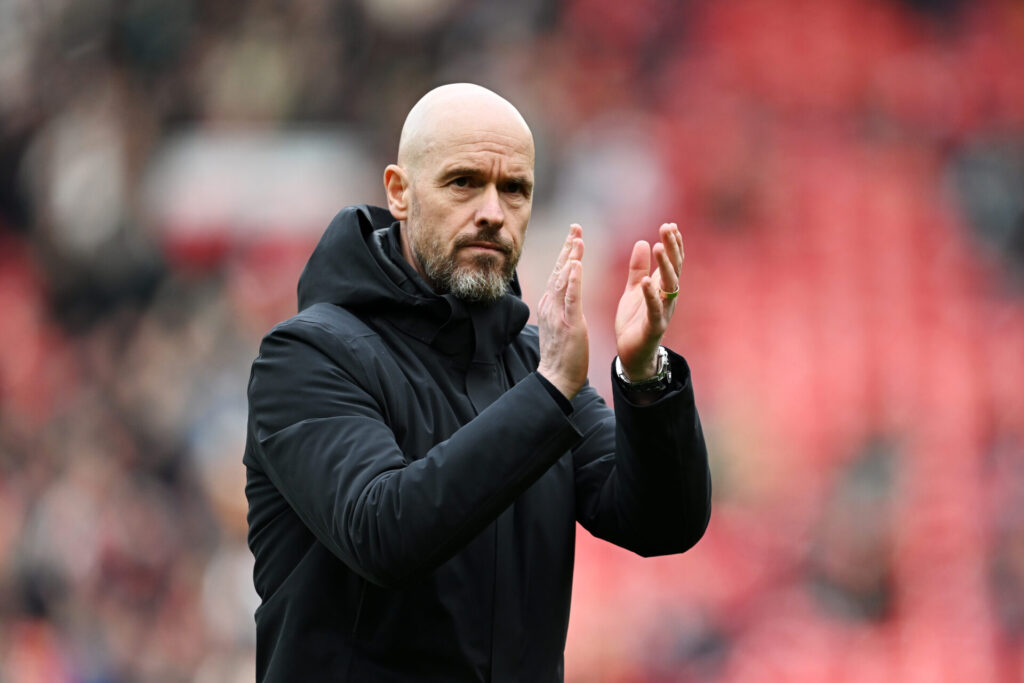
What is Ten Hag’s style?
Ajax are a team that demands the 4-3-3 possession-based suffocation introduced to the club by the great Johan Cruyff, but upon joining, Ten Hag made it clear he was not the type of manager who enjoyed possession just for the sake of having possession. He has previously called the decision to play the ball aimlessly around the back with no true purpose as Hollandish, and he believes that becomes pointless possession.
At Ajax under Ten Hag, almost 60 percent of their successful combinations took place in the opposition’s half. Ten Hag’s style was closer to the total football style of Rinus Michaels than anyone else, in truth, but it would be unfair to suggest the transitional style he showcases at Manchester United is something new he has never spoken about or referenced before. His style at Ajax was more suffocation than out-and-out possession.
In the past, Ten Hag has highlighted the importance of a turnover, both attackingly and defensively. He has declared the turnover a key part of the game in both aspects, especially when the ball is won high up the pitch. What’s the purpose when you win the ball back? How do you attack the opposition?
“Often at Ajax we think winning the ball is playing possession, but if you win the ball and the opponent is open, you have to recognise the moment and play it forward immediately.”
Erik ten Hag
Erik ten Hag’s style of play is closer to Jurgen Klopp’s mantra than Pep Guardiola’s. During his time at FC Utrecht, halfway through his first campaign, his team had the highest percentage of goals scored within four passes of winning the ball. His time usually sat in a 4-4-2 diamond or a 5-3-2 shape and utilised the full-backs in wide areas as well as numerous number 10’s in possession to try and create quick, concise attacks. Progressive passes into key areas centrally were a staple of his style at Utrecht, and it led them to 5th place in his first season at the club.

His football at Utrecht was described as structured and rigid. He wanted to minimise the number of shots his team conceded from outside the box and maximise the half-spaces on the pitch. He is a huge admirer of the half-space and inserts lines into the pitches at the training facilities of the clubs to allow his team to utilise them in training sessions.

It’s not one set game system for Ten Hag and his teams. He tries to master multiple game systems depending on the game state at that given time, so the team is comfortable whatever way the tide takes them during a 90-minute match. His training sessions are tough, long, and mentally and physically taxing.
At Utrecht, his teams would sit in a mid-block at times, urging the defence to come forward and sit high when trying to attack. If they won the ball back during this phase, they would use the space behind the defence on transition. They were a defensive side that pressed high and utilised spaces behind defences. He likes to destroy the opposition by running without the ball, which means the sides he builds need physically dominant and athletic players to carry out successfully, something United lack and have lacked for nearly a decade now.
Zonal marking was something he deployed at Ajax to try and move away from a man-marking system to help them move forward. United have deployed a hybrid pressing system at times this season, with a man-marking system being visible in games last year, particularly Manchester City at home.
When Ten Hag stated he wanted Manchester United to be the best transitional team in the world, that does not only mean sitting deep and counterattacking opponents. A transition can also be pressing a team high inside their own half and winning the ball back, transitioning from their attack into yours, and scoring a goal directly from that transition. That seems to be what Ten Hag is going for when you look at the style of Rinus Michels.
Rinus Michels:
There is a belief that Erik ten Hag is trying to emulate the total football style that Rinus Michels deployed at Ajax with this Manchester United side. Total Football requires a number of different aspects to be done successfully. If one player steps out of position, he’s replaced by another within the team, so they don’t lose organisational structure. It requires everyone in the team to be comfortable in a number of positions and be able to cope physically with the ever-changing positional rotation the style requires. It puts a high demand, both physically and mentally, on players, which sounds all too familiar.
It’s a pressing, positional-switching, relentless attack on the opposition. It’s a tactic deployed to break open entrenched defences, with actions during the buildup sometimes involving a surprise factor that catches the opponent off guard.
The most important aspect is the lines between defence and midfield. They need to be close and compact to work, and Manchester United quite clearly are not. The team also needs to be able to keep possession, as losing possession creates transitional moments, and when the lines are too far apart, you get gaps in midfield like the ones United have shown this season and a relentless amount of shots on your goal.
It seems like Ten Hag’s style at Manchester United is a horrible impersonation of Rinus Michel’s Total Football, but it would be unfair to suggest the issues are all his fault. The tactic attempts to trap the opponents in their own half, and that has worked this season in games like Aston Villa home and away, when Ten Hag’s side committed the full-backs to the press. The question that has to be asked of the manager is: Why doesn’t he do that in every game? Is he telling the players not to do it? Are they refusing to? Or are they incapable?

When you don’t press the full-backs into the press, the lines grow bigger, and the counterattacks become more frequent. When this happens, you get a top-six side that has conceded over 600 shots in this year’s Premier League and conceded more xG than Manchester City and Arsenal combined.
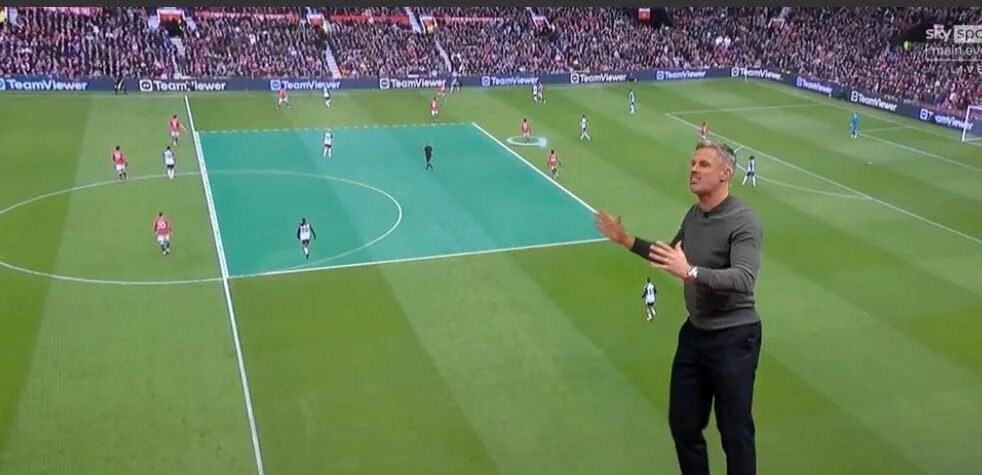
The question United have now is whether they will allow Ten Hag time to develop this style of football. In the past, he’s spoken about needing time to implement his style. He suggests that when he has time, success will follow. That has been the case everywhere he’s gone, so there is clear evidence to suggest he may deserve that extra bit of time, despite the current performances mirroring the worst Manchester United sides of all time.
There has always been a transitional aspect to Erik ten Hag’s football. He has not abandoned his philosophy upon joining Manchester United, but merely reincarnated his styles from Go Ahead Eagles and FC Utrecht, while sprinkling some of the Ajax sauce atop the baking tray. Unfortunately, the tray hasn’t cooked correctly this season, and the question now is whether he gets enough time to cook another batch.


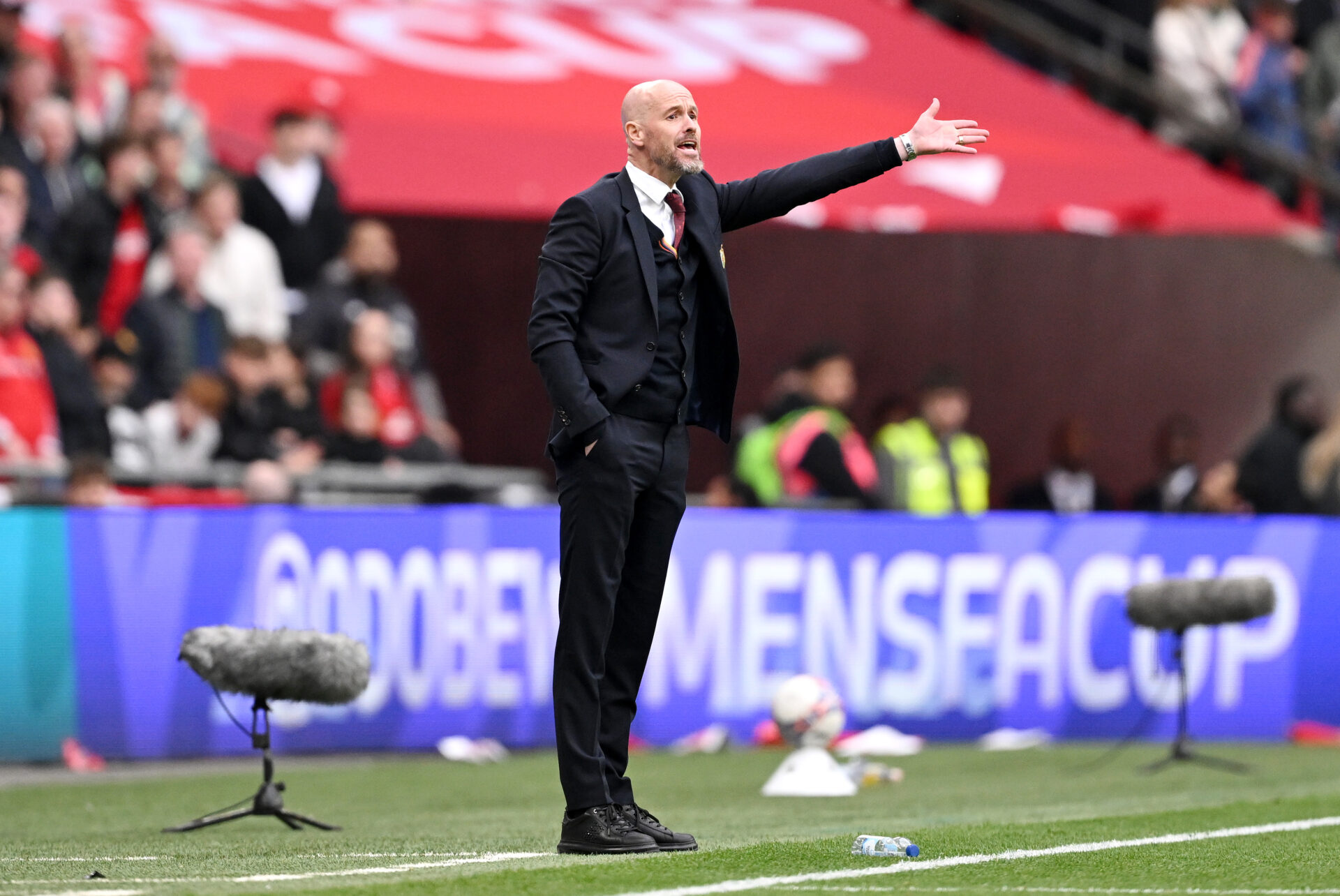

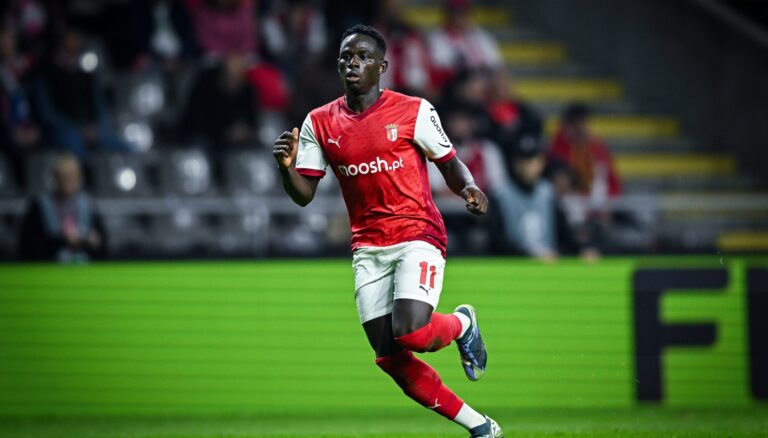

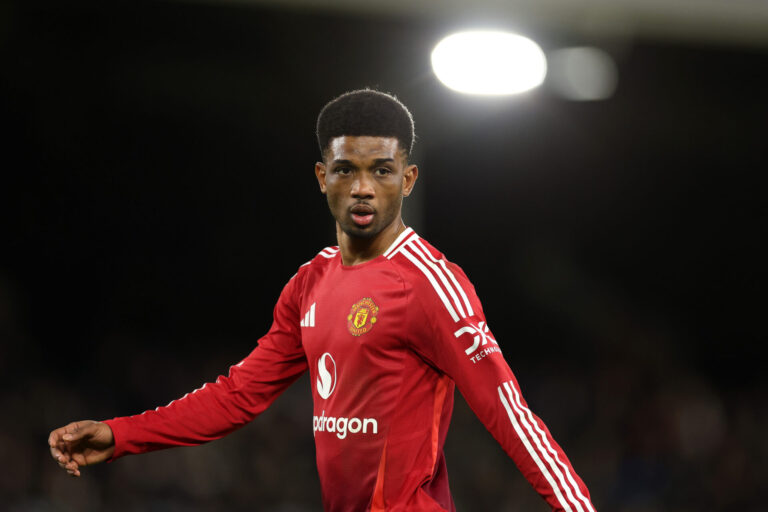
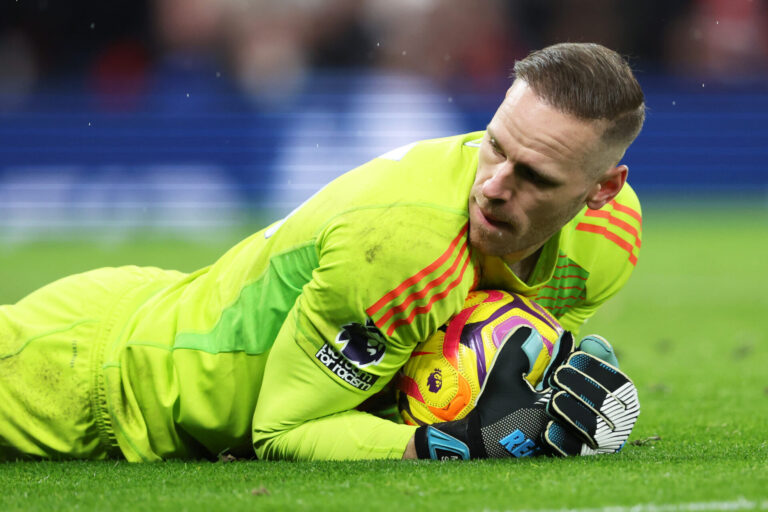
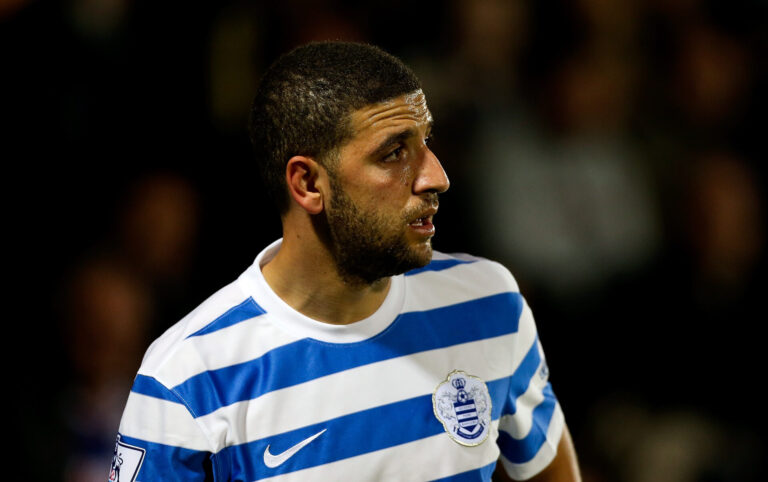
3 Comments